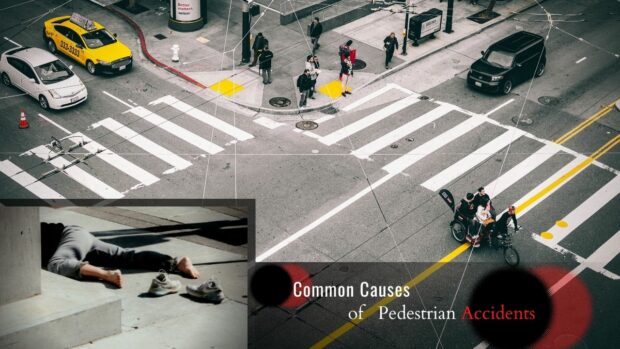6 Things Pedestrians Can Do to Reduce Pedestrian Accidents in the US
According to the National Highway Traffic Safety Administration (NHTSA), in 2019, there were 6,205 pedestrian fatalities in the United States, a 5% increase from 2018. When it comes to pedestrian accidents, Florida ranks highly among the riskiest places for walkers. According to statistics, the Fort Lauderdale area is the 14th most dangerous in the country for pedestrians.
Pedestrian accidents are a significant concern and require attention from both drivers and pedestrians. Pedestrians need to learn more about reducing the risk, while drivers are responsible for driving safely and watching for passers-by. In this article, we will discuss six things people can do to reduce pedestrian accidents in the US.

https://imagesource.io/images/pedestrian-accidents/
Follow Traffic Signals and Signs
One of the most essential things pedestrians can do is follow traffic signals and signs. You should always cross the road at designated crosswalks and adhere to the pedestrian signals. If no crosswalks exist, you should find a well-lit area to cross and ensure a clear view of oncoming traffic. Pedestrians should also avoid jaywalking, which is crossing the road in an unsafe or illegal manner.
Be Visible
Another essential step to reduce pedestrian accidents is to be visible. Pedestrians should wear bright or reflective clothing in low-light conditions or at night to make it easier for drivers to see them. Additionally, pedestrians should carry a flashlight or use a phone to improve their visibility. This not only helps them to see where they are walking but also helps drivers to see them more easily. By being visible, pedestrians can take proactive steps to reduce the likelihood of accidents and ensure their safety while walking.
Stay Alert
Pedestrians should always be watchful when walking. It includes avoiding distractions such as texting or listening to music while walking. They should also be aware of their surroundings and look both ways before crossing the road. A pedestrian walking in a busy area should be extra cautious and alert for potential hazards, for example, an oncoming vehicle.
Walk Facing Traffic
Pedestrians are to walk facing traffic, which means walking on the side of the road closest to oncoming traffic. By doing so, you can see any vehicles approaching and react quickly, such as moving out of the way or stopping altogether. You should also walk as far to the left as possible. This is because cars turning onto the road may not see pedestrians walking too close to the corner, and the pedestrian may be at risk of being hit by the vehicle. By walking as far to the left as possible, pedestrians increase their visibility to drivers and reduce the risk of being hit by a turning car.
Avoid Alcohol and Drugs
Alcohol and drugs can impair a person’s judgment and coordination, making walking difficult. Pedestrians should avoid walking under the influence of drugs to reduce the risk of an accident.
Teach Children About Pedestrian Safety
Parents and guardians should teach their children about pedestrian safety from a young age. Children should be prepared to obey traffic signals and signs, stay on the sidewalk or road shoulder, and be conscious of their surroundings. Children should also be taught to avoid distractions such as texting or playing on their phones while walking.
Conclusion
While drivers are responsible for driving safely and watching for pedestrians, there are also steps pedestrians can take to reduce the risk of accidents. By following traffic signals and signs, being visible, staying alert, and walking facing traffic, pedestrians can take proactive steps to stay safe while walking. Everyone must work together to promote safe and responsible behavior on the roads. By doing so, we can help reduce the number of pedestrian accidents and keep our communities safe.
